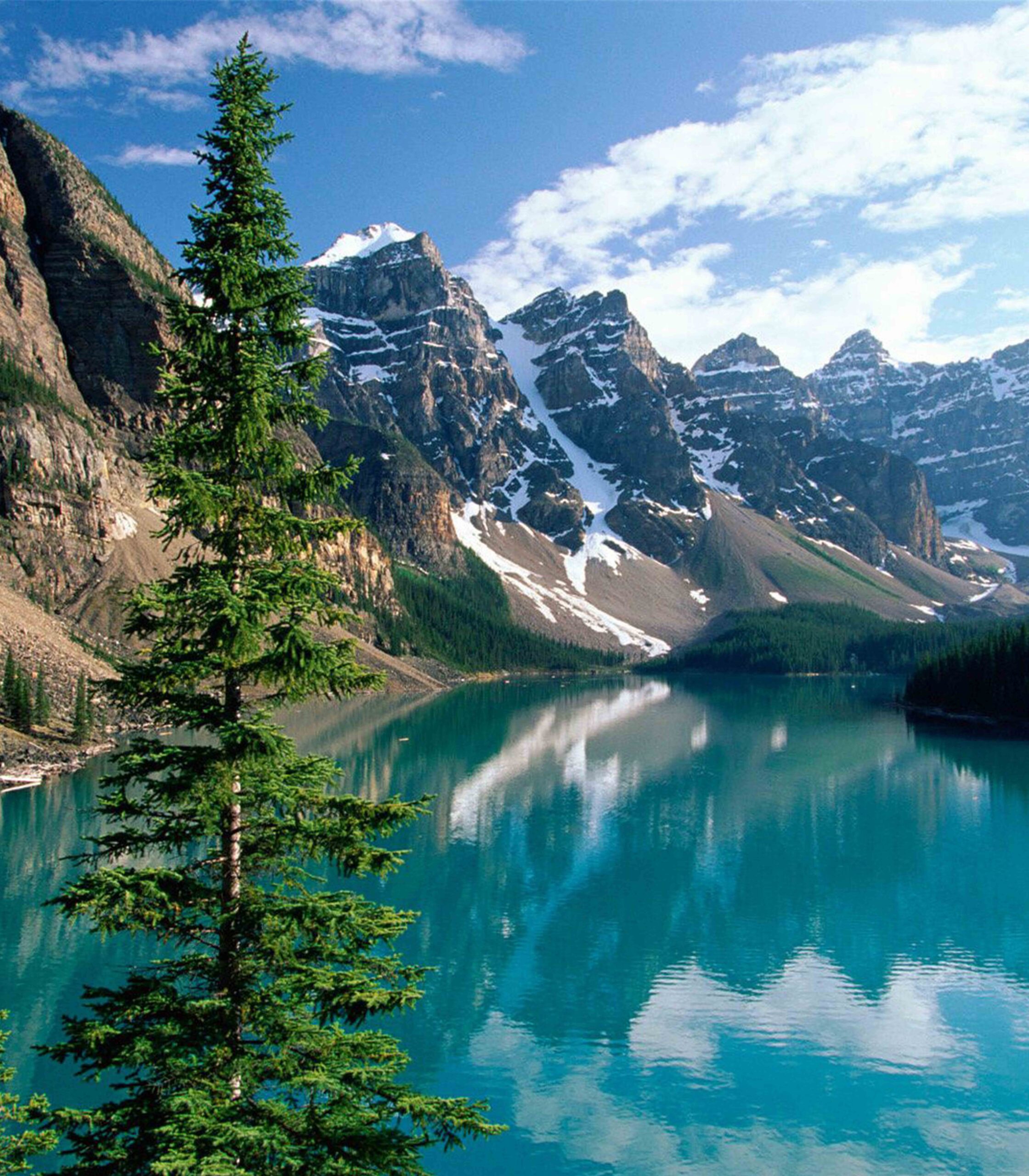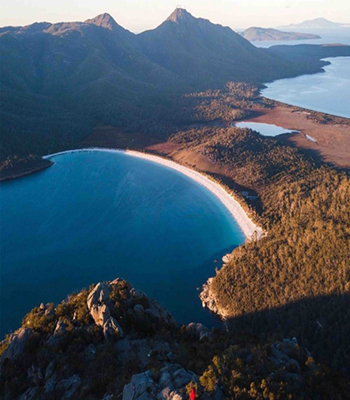
澳洲涼爽的水上休閒和旅遊熱點概論
本研究調查了水生生態系統對旅遊和娛樂的重要性,並評估了這種資源利用對澳大利亞水生生態系統可持續性的潛在和當前影響。
通過文獻搜索和調查的發展,我們旨在將當前的「實地」活動與已知的旅遊和娛樂對全球水生生態系統的影響相結合。制定了有針對性的調查並將其分發給四個主要利益相關者群體;保護區管理者、地方議會、一般旅遊經營者和河流旅遊經營者(即專注於水生生態系統內外活動的旅遊經營者,例如漂流、劃獨木舟、皮划艇等)。我們收到了來自澳大利亞所有州的完整調查,並分析了整體、州和區域(沿海與內陸)層面的回應。受訪者表示,儘管面積相對較小,但水生生態系統是澳大利亞景觀的極其重要的組成部分。我們發現,對於保護區管理者和旅遊經營者來說,在影響遊客決定是否訪問特定地點方面,自然價值往往比人造(基礎設施)價值更重要。
This study investigated the importance of aquatic ecosystems to tourism and recreation and assessed the potential and current impacts of this resource use on the sustainability of aquatic ecosystems in Australia. Through literature searches and the development of surveys we aimed to integrate current ‘on-the-ground’ activities with what is known of the impacts of tourism and recreation on aquatic ecosystems worldwide. Targeted surveys were developed and distributed to four key stakeholder groups; protected area managers, local councils, general tour operators, and river tour operators (i.e. tour operators with a focus on activities in and around aquatic ecosystems – e.g. rafting, canoeing, kayaking etc). We received completed surveys from all states of Australia and analysed responses at the overall, state and regional (coastal versus inland) levels. Respondents indicated that despite their relatively minor areal extents, aquatic ecosystems are extremely important components of the Australian landscape. We found that for protected area managers and tour operators, natural values tend to be more important than man-made (infrastructure) values in influencing visitor decisions on whether to visit a particular site.
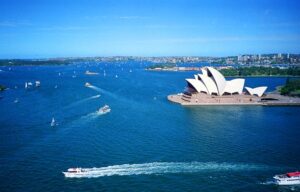
相比之下,地方議會受訪者表示,對於他們所在地區的遊客來說,基礎設施與自然價值一樣重要。 我們對已發表文獻的審查表明,儘管水生生態系統通常是澳大利亞旅遊和娛樂的主要基礎,但關於水生生態系統中旅遊影響的研究很少。 在所有受訪者群體中,都呼籲提供有關製定遊客管理策略和遊客影響監測計劃的信息和資金支持,以確保遊客的活動不會對水生生態系統健康產生不利影響。 我們提出了從這項工作中產生的一系列研發優先事項和機會,這將增強我們對生態系統對旅遊和娛樂的反應的理解,並促進澳大利亞需求水生資源的可持續管理。
In contrast, local council respondents indicated that infrastructure was as important as natural values for visitors in their region. Our review of the published literature revealed that very little work has been done on tourism impacts in aquatic ecosystems, despite the fact that aquatic ecosystems often form the main basis of tourism and recreation in Australia. Across all respondent groups, there was a call for information on, and funding support for, the development of visitor management strategies and tourist impact monitoring programs to ensure that the activities of visitors do not adversely influence aquatic ecosystem health. We propose a suite of research and development priorities and opportunities arising from this work that will enhance our understanding of ecosystem responses to tourism and recreation and facilitate the sustainable management of Australia’s in demand aquatic resources.
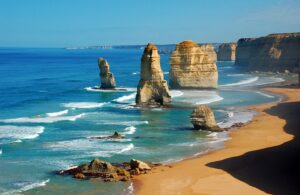
可持續旅遊業面臨的最大威脅之一是旅遊業所依賴的自然資源的退化(Wang & Miko 1997;Newsome、Moore & Dowling 2002)。雖然旅遊業的社會、文化和經濟影響(和利益)得到了相當詳細的記錄(Wang & Miko 1997),但迄今為止,很少有研究關注旅遊和娛樂對結構、功能和健康的影響生態系統(然而,參見巴克利 2004)。環境數據的缺乏阻礙了我們評估旅遊業對生態系統的影響和主動管理旅遊業運營以實現可持續目標和準則的能力。鑑於過去幾十年以環境為重點的旅遊業的快速增長(Wang & Miko 1997),我們及時審查旅遊業對水生生態系統的影響的已知和未知,以確保過去的錯誤不會發生重複,同樣重要的是,確定將促進荒野地區旅遊業可持續管理的研究和開發 (R&D) 領域。
One of the greatest threats to sustainable tourism is the degradation of the natural resources upon which tourism relies (Wang & Miko 1997; Newsome, Moore & Dowling 2002). Whilst the social, cultural and economic impacts (and benefits) of tourism are reasonably well documented (Wang & Miko 1997), there has, to date, been very little work focusing on the impacts of tourism and recreation on the structure, function and health of ecosystems (however, see Buckley 2004). This absence of environmental data inhibits our capacity to assess the impacts of tourism on ecosystems and proactively manage tourism operations to attain sustainable goals and guidelines. Given the rapid growth in environment-focused tourism over the past couple of decades (Wang & Miko 1997), it is timely that we review what is known and not known of the impacts of tourism on aquatic ecosystems both to ensure that past mistakes are not repeated and, just as importantly, to identify areas of research and development (R&D) that will facilitate the sustainable management of tourism in wilderness areas.
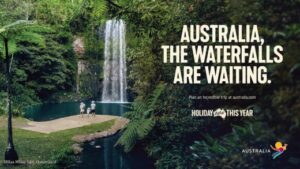
在這項研究中,我們專注於水生生態系統在旅遊和娛樂中的作用。 我們認為,水生生態系統作為旅遊和娛樂的重點地點尤為重要,特別是考慮到 80% 以上的澳大利亞人生活在海岸附近,而澳大利亞 70% 的地區是乾旱或半乾旱地區。 Jobling、Casey、RodgersGray、Oehlmann、Schulte-Oehlmann、Pawlowski、Baunbeck、Turner 和 Tyler(2004 年)報告說,42% 的國內旅遊和 50% 的國際旅遊現在以海洋或沿海為基礎,突出了水生生態系統作為景點的吸引力 用於休閒和娛樂。 儘管它們無疑具有吸引力,但人們對水生生態系統在支持我們不斷發展的旅遊業方面所發揮的作用知之甚少。 這種知識的缺乏對旅遊企業的可持續性產生了影響,特別是在非洲大陸較乾燥的地區,那裡的地表水可能對企業的成功產生重大影響。
In this study we focused on the role of aquatic ecosystems in tourism and recreation. We propose that aquatic ecosystems are disproportionately important as focal sites for tourism and recreation, particularly given that over 80% of Australian’s live close to the coast and 70% of Australia is arid or semi-arid. Jobling, Casey, RodgersGray, Oehlmann, Schulte-Oehlmann, Pawlowski, Baunbeck, Turner and Tyler (2004) reported that 42% of domestic tourism and 50% of international tourism are now marine or coastal based, highlighting the appeal of aquatic ecosystems as sites for leisure and recreation. Despite their undoubted appeal, very little is known about the role that aquatic ecosystems play in supporting our growing tourism industry. This lack of knowledge has implications for the sustainability of tourism ventures, particularly in the drier parts of the continent where surface waters are likely to critically influence the success of businesses.
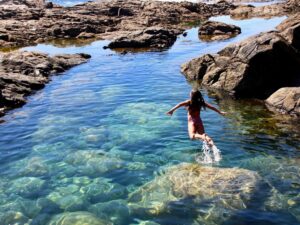
與調查旅遊和娛樂對陸地環境影響的研究越來越多(Whinam & Chilcott 1999)相比,只有少數研究涉及旅遊對水生環境產生不利影響的可能性。在大多數評論中,評估的重點是由於划船活動導致的水質下降(Liddle 和 Scorgie 1980;Murphy、Willby 和 Eaton 1995;Mosisch 和 Arthington 1998;Mastran、Dietrich、Gallagher 和 Grizzard 1994)或土壤侵蝕/損失河岸植被(Madej、Weaver 和 Hagans 1994;Liddle,1997;Hammit 和 Cole,1998)和旅遊住宿的污染(Wang 和 Miko 1997;Liddle 1997)。這些變化的規模遠大於陸地生態系統中評估的許多影響,例如對露營和踐踏影響的評估(Bridle & Kirkpatrick 2003)。在水生調查中對特定地點的旅遊和娛樂影響的可比調查極為罕見。儘管如此,對遊客在原始水體中游泳的影響的擔憂正在增加(Hadwen & Arthington 2003),昆士蘭最近的幾項研究表明,遊客可以對水生生態系統過程產生局部影響(Butler, Birtles, Pearson & Jones 1996; Mosisch & Arthington 1998;Mosisch & Arthington 2001;Hadwen 等人 2003;Hadwen & Bunn 2004)。儘管最近有這些研究,Wang 和 Miko (1997) 透露,他們在美國調查的大多數國家公園管理者都將植被和野生動物面臨的威脅列為旅遊業可持續性的主要關注領域。為此,旅遊和娛樂對水生生態系統的影響(潛在的或當前的)在很大程度上是未知的、看不見的,當然也沒有記錄。
In contrast to the growing number of studies investigating the impacts of tourism and recreation on terrestrial environments (Whinam & Chilcott 1999), only a handful of studies have touched on the potential for tourism to adversely affect aquatic environments. In most of these reviews, assessment has focused on reduced water quality due to boating activities (Liddle and Scorgie 1980; Murphy, Willby & Eaton 1995; Mosisch and Arthington 1998; Mastran, Dietrich, Gallagher & Grizzard 1994) or soil erosion/loss of riparian vegetation (Madej, Weaver & Hagans 1994; Liddle, 1997; Hammit and Cole, 1998) and pollution from tourist accommodations (Wang & Miko 1997; Liddle 1997). The scale of these changes is much larger than many of the impacts assessed in terrestrial ecosystems, such as assessments of the impacts of camping and trampling (Bridle & Kirkpatrick 2003). Comparable investigations of site-specific impacts of tourism and recreation in aquatic investigations are extremely rare. Nevertheless, concerns over the impacts of tourists swimming in pristine waterbodies are growing (Hadwen & Arthington 2003) and several recent studies in Queensland have revealed that tourists can have local effects on aquatic ecosystem processes (Butler, Birtles, Pearson & Jones 1996; Mosisch & Arthington 1998; Mosisch & Arthington 2001; Hadwen et al. 2003; Hadwen & Bunn 2004). Despite these recent studies, Wang and Miko (1997) revealed that the majority of National Park managers they surveyed in the United States nominated threats to vegetation and wildlife as the principal areas of concern with regard to the sustainability of tourism. To this end, the impacts (potential or current) of tourism and recreation on aquatic ecosystems are largely unknown, unseen and certainly undocumented.
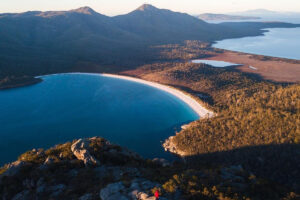
在這項研究中,我們旨在評估旅遊和娛樂與水生生態系統的存在(和健康)之間的關係。 具體而言,我們希望確定現有的知識和知識差距,在此基礎上可以建立評估旅遊業對水生環境的重要性和影響的國家研究議程。 確定所有潛在威脅的旅遊活動及其對水生生態系統可能的環境影響是本研究的中心主題,選擇受威脅的重點地點和/或威脅過程進行進一步詳細研究是長期的必要目標。 雖然我們的重點是旅遊和娛樂對水生生態系統的影響,但我們也發現有必要確定健康的水生生態系統對旅遊和娛樂的重要性,因為證明這些系統的重要性將證明加大努力維持其生態結構是合理的和功能。
In this study, we aimed to assess the relationship between tourism and recreation and the presence (and health) of aquatic ecosystems. Specifically, we wanted to identify existing knowledge and knowledge gaps upon which a national research agenda for assessing the importance and impacts of tourism on aquatic environments could be built. Identification of all potentially threatening tourism activities and their likely environmental impacts on aquatic ecosystems was the central theme of this study, with the selection of focal threatened sites and/or threatening processes for further detailed studies a necessary goal in the long term. Although our emphasis was on the impacts of tourism and recreation on aquatic ecosystems, we also found it necessary to establish the importance of healthy aquatic ecosystems to tourism and recreation, as demonstration of the importance of these systems will justify increased effort to maintain their ecological structure and function.
文/Wade L. Hadwen, Angela H. Arthington, Paul I. Boon, Muriel Lepesteur and Arthur McComb
提供/Prof. Markus Pillmayer
圖/Website Resource


